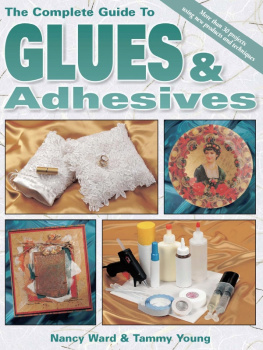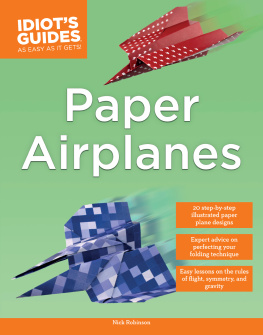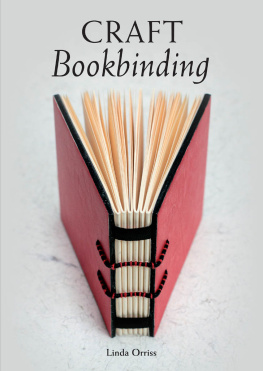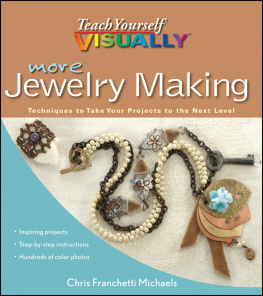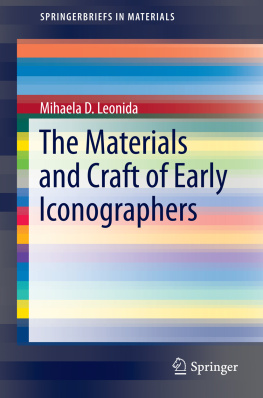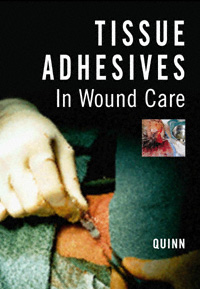Start of Citation[PU]B.C. Decker, Inc.[/PU][DP]1998[/DP]End of Citation
| title | : |
| author | : |
| publisher | : |
| isbn10 | asin | : |
| print isbn13 | : |
| ebook isbn13 | : |
| language | : |
| subject |
| publication date | : |
| lcc | : |
| ddc | : |
| subject | : |
|
| Tissue Adhesives in Wound Care |
| James V. Quinn, M.D., FACEP |
Clinical Assistant Professor
Section Of Emergency Medicine
Department of Surgery
University of Michigan
Ann Arbor, Michigan |
|
Start of Citation[PU]B.C. Decker, Inc.[/PU][DP]1998[/DP]End of Citation
|
Disclaimer:
This netLibrary eBook does not include the ancillary media that was packaged with the original printed version of the book. |
B.C. Decker Inc.
4 Hughson Street South
P.O. Box 620, L.C.D. 1
Hamilton, Ontario L8N 3K7
Tel: 905-522-7017
Fax: 905-522-7839
e-mail: info@bcdecker.com
website: http://www.bcdecker.com |
1998 James V. Quinn
All rights reserved. No part of this publication may be reproduced, stored in a retrieval system, or transmitted, in any form or by any means, electronic, mechanical, photocopying, recording, or otherwise, without prior written permission from the publisher. |
98 99 00 01 / BP / 9 8 7 6 5 4 3 2 1
Printed in Canada
ISBN 1-55009-067-4 |
United States
Blackwell Science Inc.
Commerce Place
350 Main Street
Malden, MA 02148
U.S.A.
Tel: 1-800-215-1000 |
| U.K., Europe, Scandinavia, Middle East
Blackwell Science Ltd.
c/o Marston Book Services Ltd.
P.O. Box 87
Oxford OX2 ODT
England
Tel: 44-1865-79115
|
| Canada
B.C. Decker Inc.
4 Hughson Street South
P.O. Box 620, L.C.D. 1
Hamilton, Ontario L8N 3K7
Tel: 905-522-7017
Fax: 905-522-7839
e-mail: info@bcdecker.com
|
| Australia
Blackwell Science Pty, Ltd.
54 University Street
Carlton, Victoria 3053
Australia
Tel: 03 9347 0300
Fax: 03 9349 3016
|
| Japan
Igaku-Shoin Ltd.
Foreign Publications Department
3-24-17 Hongo, Bunkyo-ku
Tokyo 113-8719, Japan
Tel: 3 3817 5680
Fax: 3 3815 7805
e-mail: tmbook@ba2.so-net.or.jp
|
| India
Jaypee Brothers Medical Publishers Ltd.
B-3 EMCA House, 23/23
Ansari Road, Daryaganj,
P.B. 7193, New Delhi110002, India
Tel: 11 3272143
Fax: 11 3276490
|
|
|
| Notice: The authors and publisher have made every effort to ensure that the patient care recommended herein, including choice of drugs and drug dosages, is in accord with the accepted standard and practice at the time of publication. However, since research and regulation constantly change clinical standards, the reader is urged to check the product information sheet included in the package of each drug, which includes recommended doses, warnings, and contraindications. This is particularly important with new or infrequently used drugs. |
|
Start of Citation[PU]B.C. Decker, Inc.[/PU][DP]1998[/DP]End of Citation
|
| The thought of using tissue adhesives first occurred to me during my training. After having to restrain and eventually sedate a 3-year-old for suturing a simple superficial facial laceration, it seemed there must be a better way. After all, modern medicine was full of new advances, and suturing was ancient (oldest suture dates back to 1100 BC). The use of sharp needles to traumatize the skin and using foreign bodies to close wounds also seemed crude. |
| An ideal method of wound closure should be fast, atraumatic, pain-less, and produce excellent cosmetic results. So, why not glue? A literature search revealed that tissue adhesives had been tried in various forms for more than 25 years, and were very popular in several European countries and in certain areas of Canada. I was able to try tissue adhesives and quickly became an advocate. Research led me to believe that the early cyanoacrylate adhesives were appropriate wound closure devices for small superficial lacerations and incisions, and although limited by their physical properties, they clearly had a role in the management of superficial lacerations and incisions. In fact, they became the standard of care for such wounds at the hospitals where I worked, with three or four daily uses in the Emergency Department alone. The lack of widespread use at other centers was puzzling, as was the failure of any manufacturer to seek Food and Drug Administration (FDA) approval in the United States. The answers eventually became evident. Companies marketing and distributing the adhesive had limited expertise in the manufacturing of adhesives and had a poor understanding of how tissue adhesives worked and should be applied. They provided little, no, or even improper education to physicians. This led to improper use of tissue adhesives for the wrong indications by many physicians and sur- |
|
Start of Citation[PU]B.C. Decker, Inc.[/PU][DP]1998[/DP]End of Citation
|
| geons. They ended up with poor results and walked away from the advantages of tissue adhesives. These circumstances led me to prepare the present work. |
| New technology allows the manipulation of the cyanoacrylate monomer and the development of sophisticated "medical grade" formulations that are pure, stronger, and FDA approved. Next to the common cold, traumatic wounds are the commonest reason people seek medical care. There are approximately 12 million traumatic wounds and 90 million surgical procedures each year in the United States. While tissue adhesives will not and should not replace all sutures, their availability will change the practice of physicians and surgeons. Most will embrace the new technology and take advantage of its benefits; others will be forced to become knowledgeable because their patients will demand it. |
|
Next page

